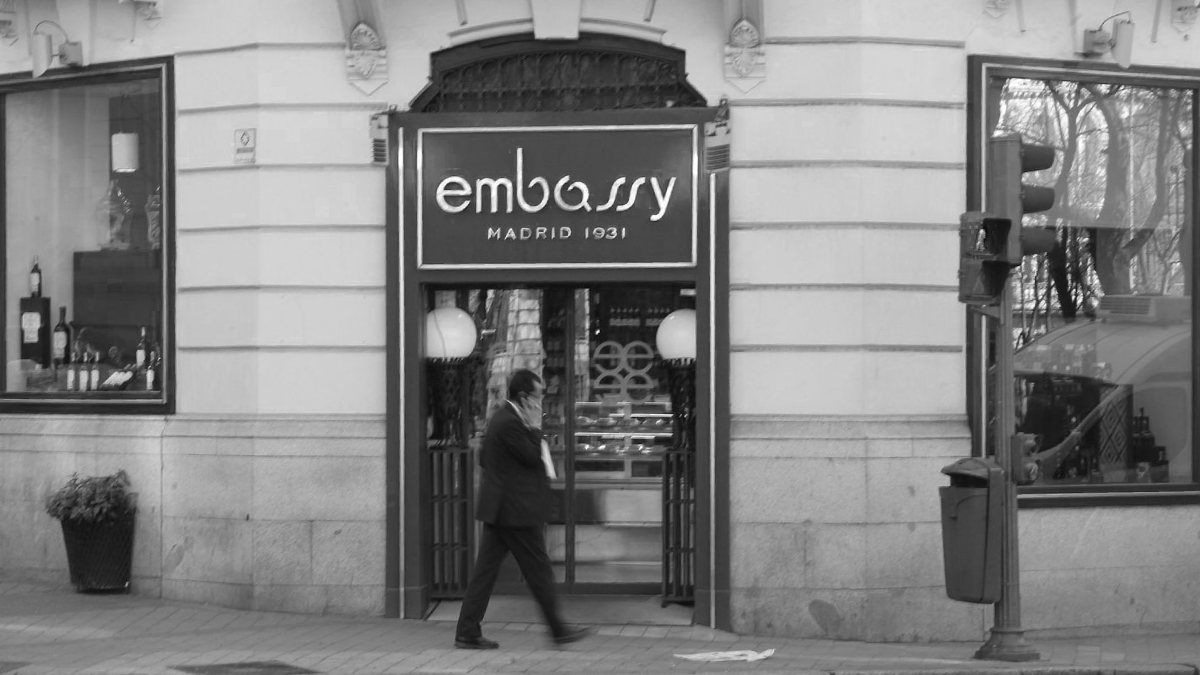Click here to read the Spanish version.
Madrid is currently experiencing a real gastronomic boom with great openings and places that fill up every day. But there is also the other side: that of closures. Some of the closures in recent years have been historic restaurants that, although they disappeared some time ago, are still in the minds -and palates- of many. The reasons were multiple, but the pandemic forced many of them to close their doors for good. We are filled with nostalgia to remember 14 of the most emblematic restaurants that are no longer on the Madrid foodie scene. Which of them do you remember most fondly?
Palentino
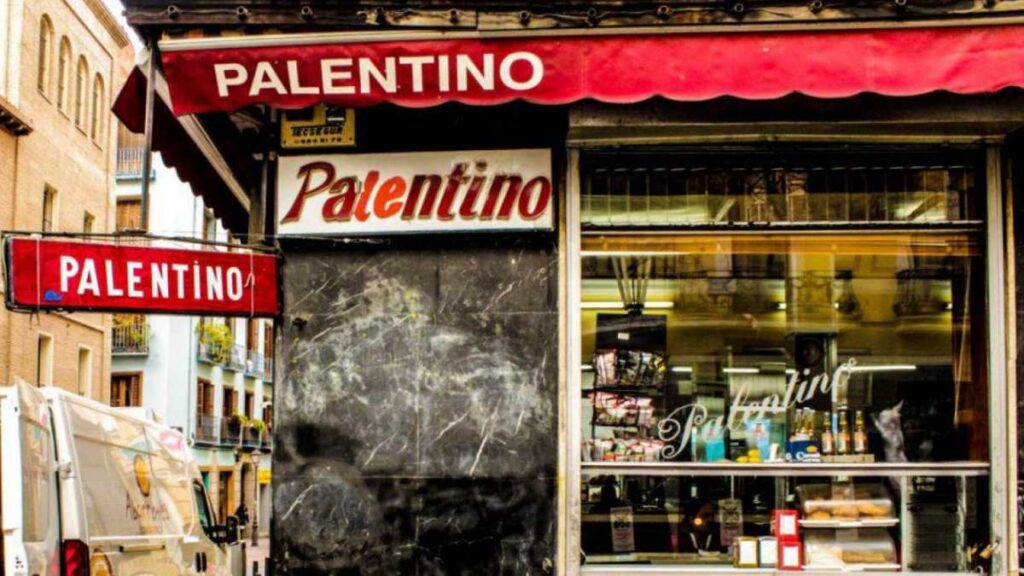
Undoubtedly, one of the most legendary places in Malasaña. It was more than 80 years at the foot of the cannon in Pez Street and its owner, Casto Herrezuelo, was a hallmark at the front of the bar. After his death in 2018, Loli López – Casto’s sister-in-law – took over the bar alone, but after a few months she had to close it. And the first drama ensued. A year later, in 2019, the Mamá Chicó group took over the premises and, after a thorough refurbishment, the Palentino reopened completely renovated, but partly maintaining the essence of the mythical bar. In 2021, the iconic red sign was definitely removed.
Embassy
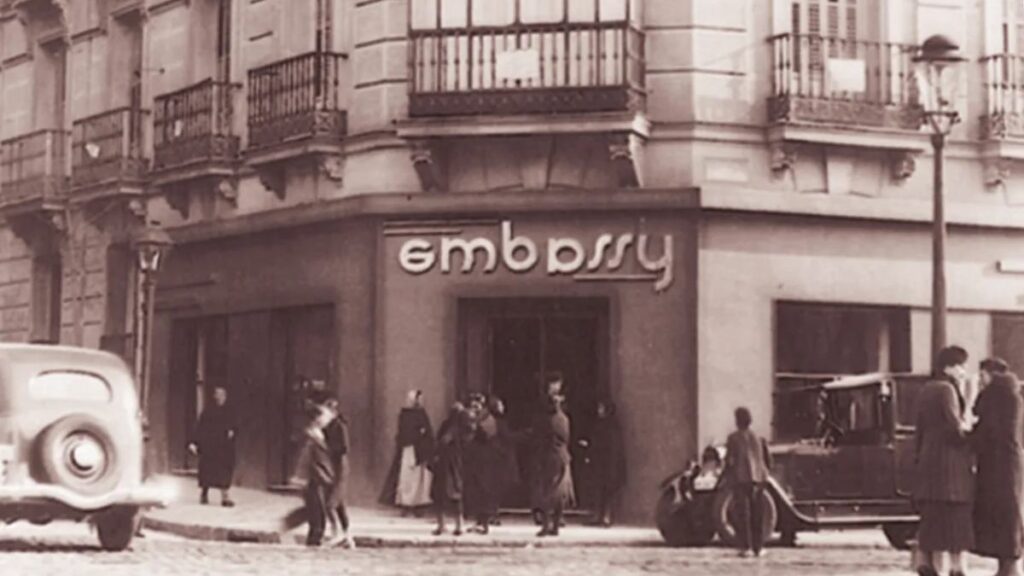
Opened in 1931, it was a mythical confectionery and tea room located at number 12 Paseo de la Castellana. In 2017 they announced its closure due to the economic crisis, which contributed to the fact that “the company is looking for changes in the business model”. During its historical journey, the premises became a shelter for Jews in World War II. In the 1980s, with the change of owners, Embassy also incorporated a restaurant and delicatessen area. Today, its spirit is still alive and another emblematic restaurant was installed here a few years ago: Robuchon Madrid.
Balzac
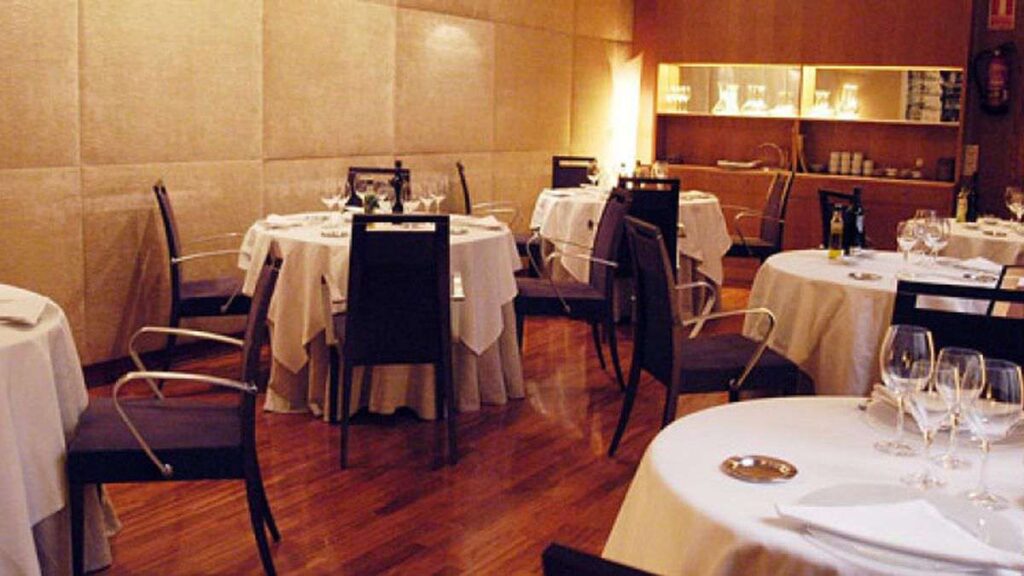
It has been more than a decade since it closed (2012), but the Balzac restaurant is still remembered by many. Renowned chefs such as César Martín and Andrés Madrigal have passed through its kitchens. It lived a period of splendor for almost two decades, in the 90s and 00s, but could not withstand the economic crisis of 2008 and, a few years later, definitely lowered the shutter.
Freiduría Gallinejas
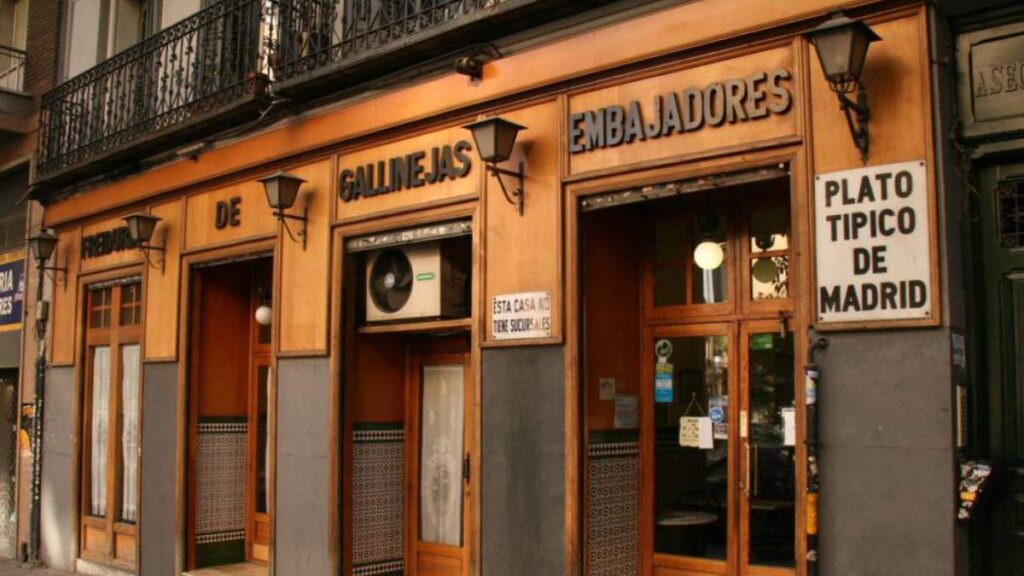
This mythical place located at 84 Embajadores Street, was forced to close in 2021, after being open since the 50’s and mainly due to the pandemic and other economic problems. It became a benchmark of the casquería, specifically of the gallinejas.
Hontanares (Avenida de América)
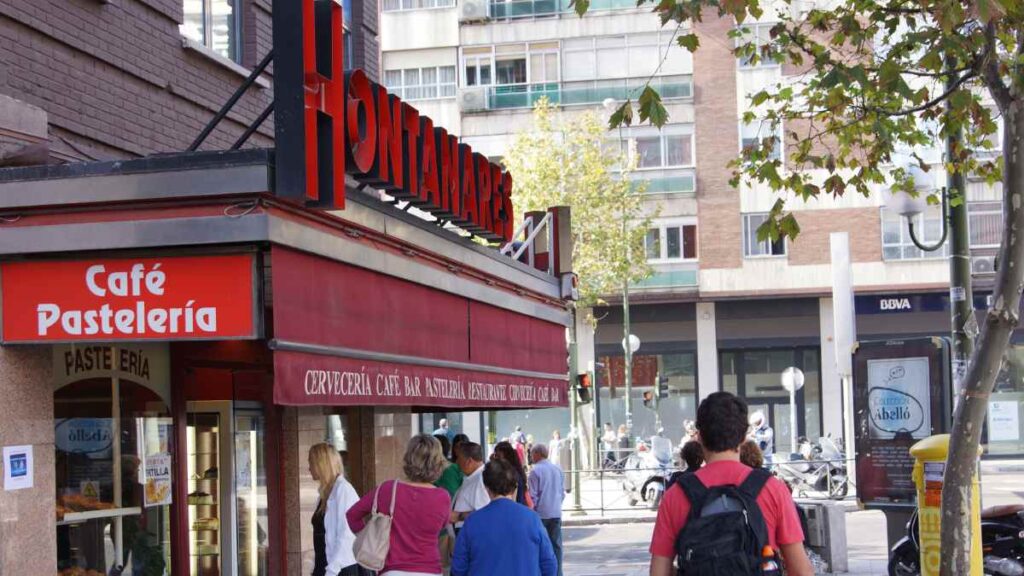
Another historic establishment that was hit by the coronavirus. Open since 1966 in front of the Avenida de America interchange, this coffee shop was open every day and every day received more than 1,600 people, from early morning coffees to evening cocktails. The pace here was non-stop, but restrictions imposed in 2020 forced the closure. Today, the Hontanares cafeteria on Calle Sevilla, another iconic establishment in the capital, is still open.
Punto MX
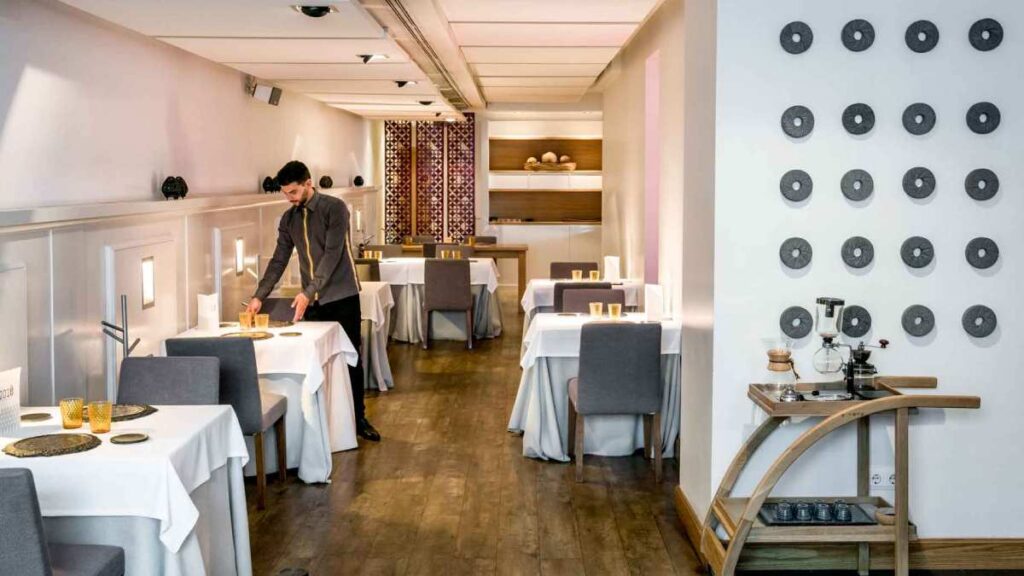
After eight successful years in the capital -a period in which he earned a star-, Roberto Ruiz’s Mexican restaurant was also forced to close its doors due to the pandemic. But the Mexican chef knew how to reinvent himself and soon opened the also successful Barracuda MX. In 2023 he also embarked on a new project: Can Chan Chan. This restaurant, whose motto is “Roberto Ruiz’ craving cuisine”, is located on the third floor of El Corte Inglés de Serrano.
Casa Patas
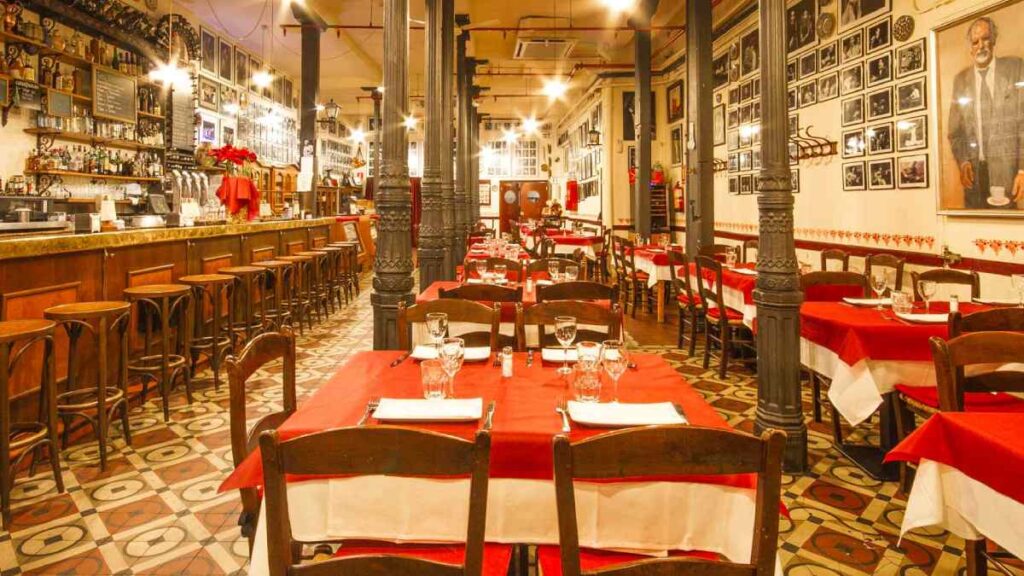
Flamenco tablaos were also hit hard by the 2020 pandemic. Casa Patas was one of the most popular and could not resist the restrictions, since 75% of its public were foreign tourists. After 32 years of existence -although a few years earlier its owner had opened a tavern on the ground floor- in the heart of the Lavapiés neighborhood, the place closed, leaving the capital without one of its most authentic tablaos.
Ferpal
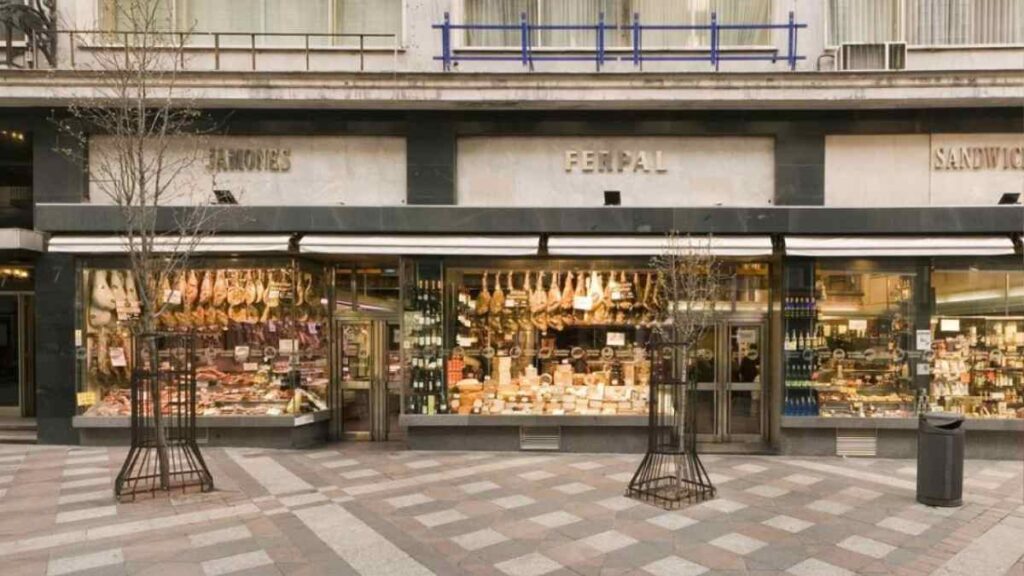
Another of Madrid’s most iconic coffee shops had to close after the coronavirus crisis. It was announced in February 2021 and, with it, said goodbye to its mythical sandwiches or its cold meats and delicatessen. It was located in the middle of Arenal Street and was just about to celebrate its 50th anniversary.
Lady Pepa
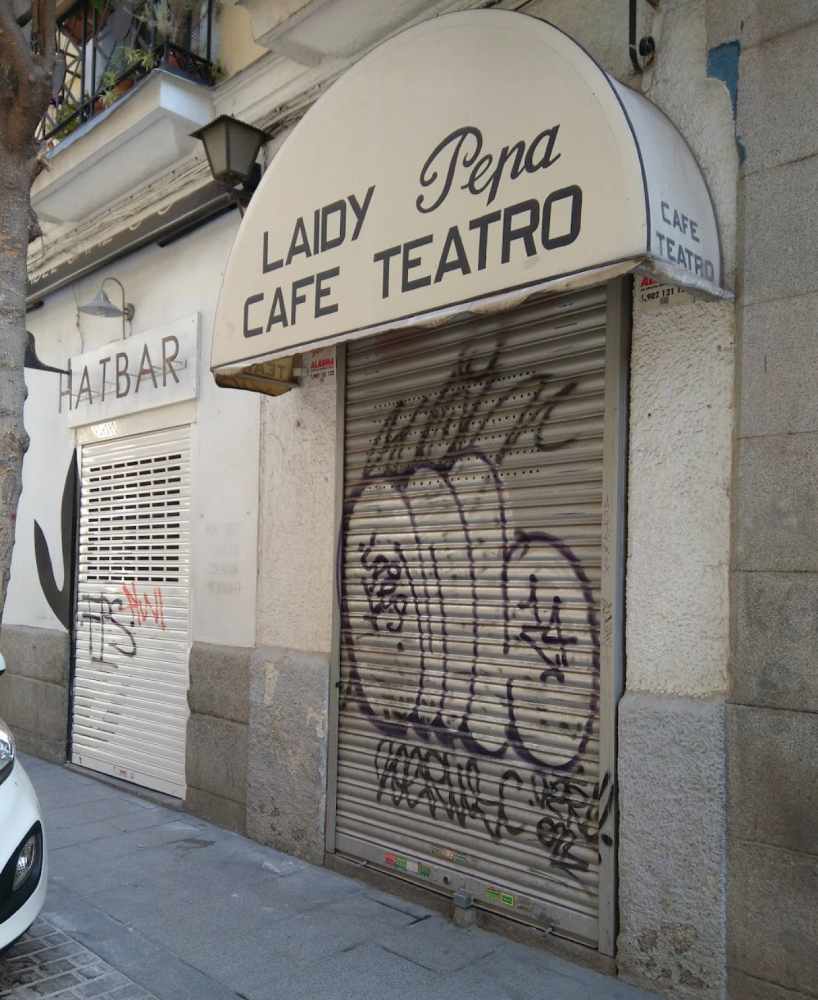
This emblematic theater cafe in the Chueca neighborhood became a place of pilgrimage to go to regain strength after a night of partying, with mythical dishes such as its spaghetti. It was another victim of the pandemic.
Jockey
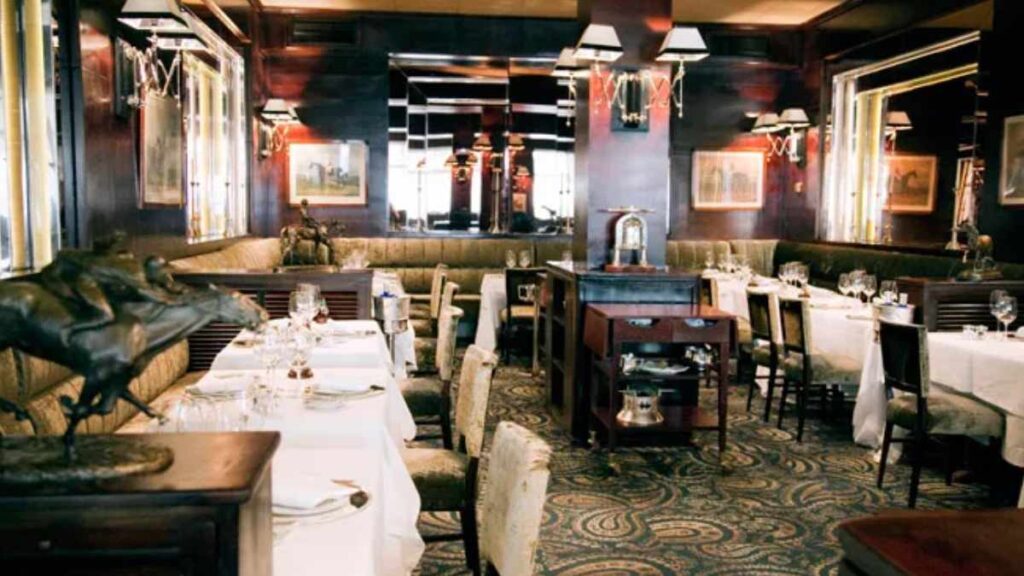
The year 2012 was a time of big closures in the capital. And this legendary restaurant, opened by Clodoaldo Cortés in 1945, also had its turn. It lived its maximum splendor in the 70s and 80s, being a hotspot for the Madrid jet set. A few years after it closed its doors, it was taken over by a current culinary reference, the Saddle restaurant, which maintains the sophisticated essence of its predecessor.
Mamá Framboise
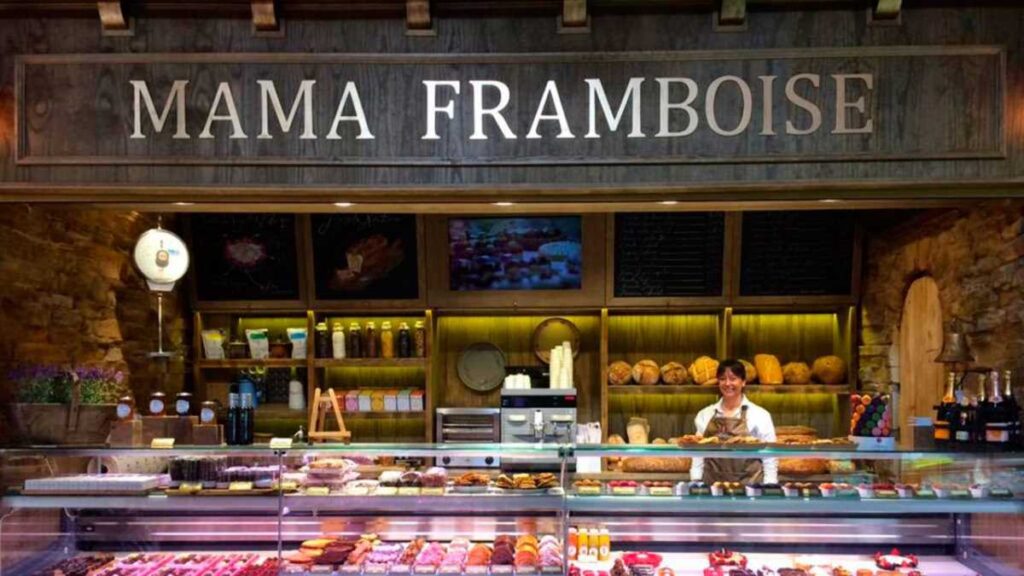
It was one of the most mythical pastry shops in Madrid. After 10 years of existence and with a very recognized name, Mamá Framboise announced the closure of its six stores during the summer of 2020.
Santceloni
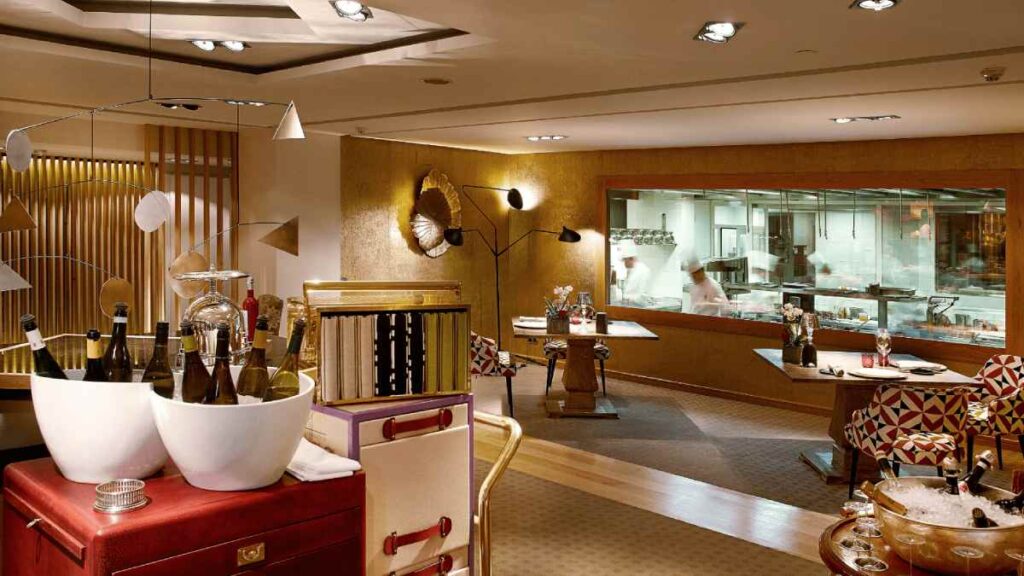
It was one of the reference restaurants in Madrid’s gastronomic scene for two decades, but the pandemic returned. Leña de Dani García took the place of Óscar Velasco’s restaurant. Velasco’s new project with Montse Abellà, called VelascoAbellà, opened just a few months ago in the capital and hopes to repeat the success of Santceloni.
Arce
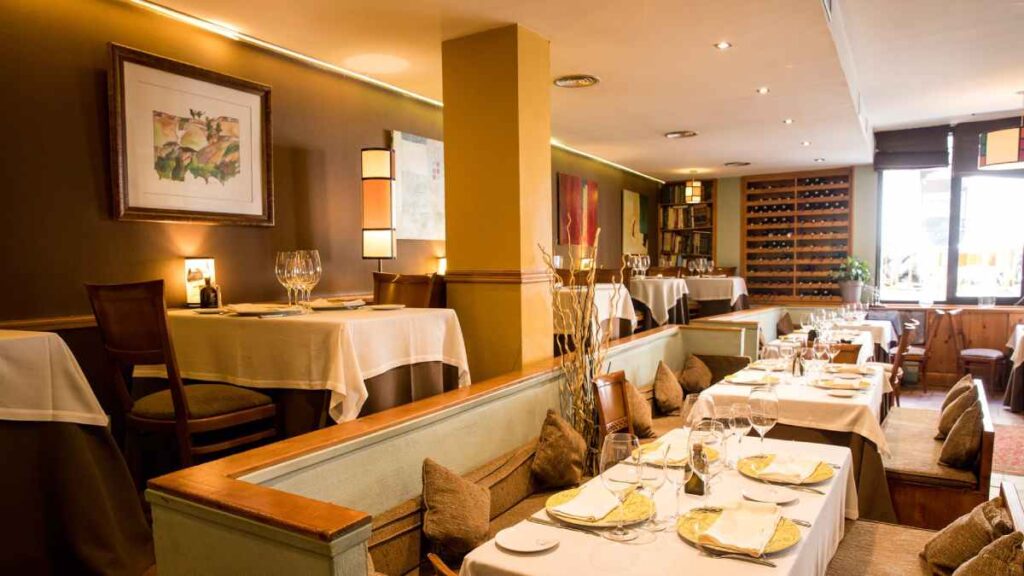
It was one of the last gastronomic ‘goodbyes’ in the capital. After 36 years in the Chueca neighborhood, Iñaki Camba’s restaurant Arce closed its doors after being a benchmark for game, casqueria and pickled meats. Its place will soon be taken by the new project of chef Andrés Madrigal, called Per Se Bistró, which will open to the public in September.
*Viridiana
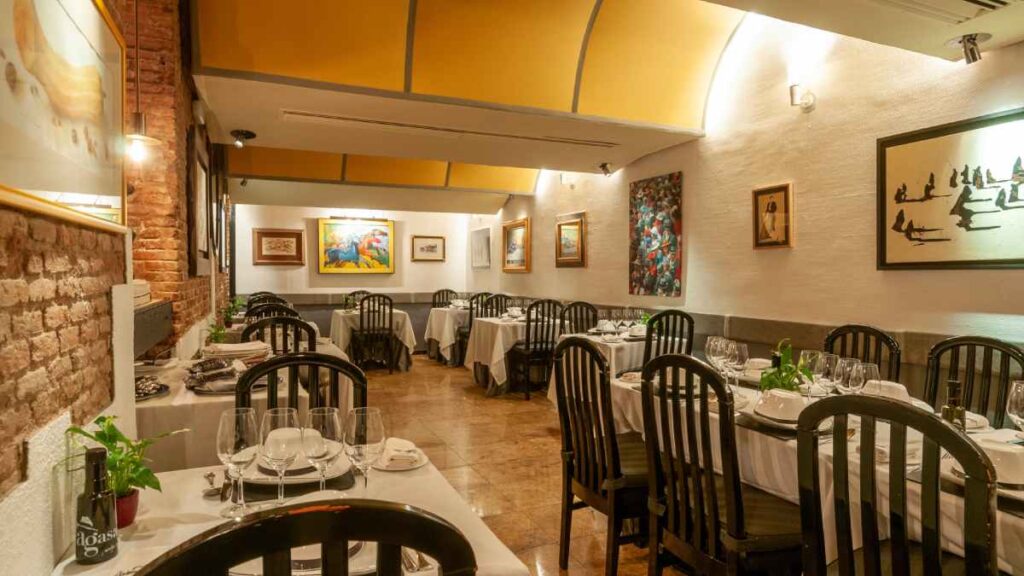
Although in November 2022 Abraham García announced the closure of Viridiana for the month of April, the news caused the restaurant to resurface, filling up with reservations. García decided to postpone the definitive closure for a few more months, which seems to take place during the month of September. We will stay tuned.

